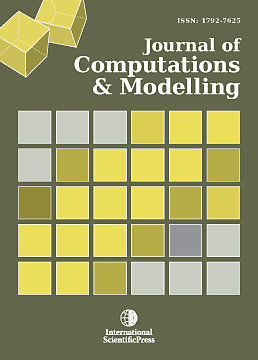Journal of Computations & Modelling
Modern Radar Techniques for Air Surveillance & Defense
-
 [ Download ]
[ Download ]
- Times downloaded: 22227
-
Abstract
During the last sixty years Radar systems have evolved from auxiliary electronic devices to the heart of every modern weapon system on the ground, sea, air and space. In the course of their evolution the Radar systems started with a few simple, but extremely useful, capabilities for providing ranging of remote objects and radio-location, while continuous advances of the Radar technology added many more capabilities like precise navigation, targeting, guidance, mapping, imaging, target recognition, target identification & classification and more yet to come. The evolution of the Radar Technology has caused the birth and development of a new field of science, the Electronic Warfare, whose main objective is to provide countermeasures to the Radar threats. Moreover, responding to the threat of detection by Radar, the targets started becoming more elusive by incorporating ‘stealth’ techniques in their design. The Radar designers are exploiting the advances in electronics technology and computer science to achieve the accurate detection of low RCS targets in a diverse environment of Clutter, interference and jamming. The modern radar techniques are focused in the fields of: adaptive antenna arrays, receiver sensitivity and real-time digital signal processing. Also, the advances in computer science that can now provide immense processing power, has allowed the emerging of new Radar configurations beyond the classic mono-static case: The passive and poly-static Radar systems. Although, these new configuration are still in the experimental phase, they have already showed interesting properties, especially at the detection of low RCS targets. In the present article, the modern techniques in the design of new radar systems, as well as the upgrade of existing systems are presented and their performance and prospects are analyzed. It is considered that Radar will remain the centerpiece of all new Air Surveillance & Defense systems in the 21st century and will continue to evolve following the advances of science and technology and responding to the requirements of the modern warfare.
